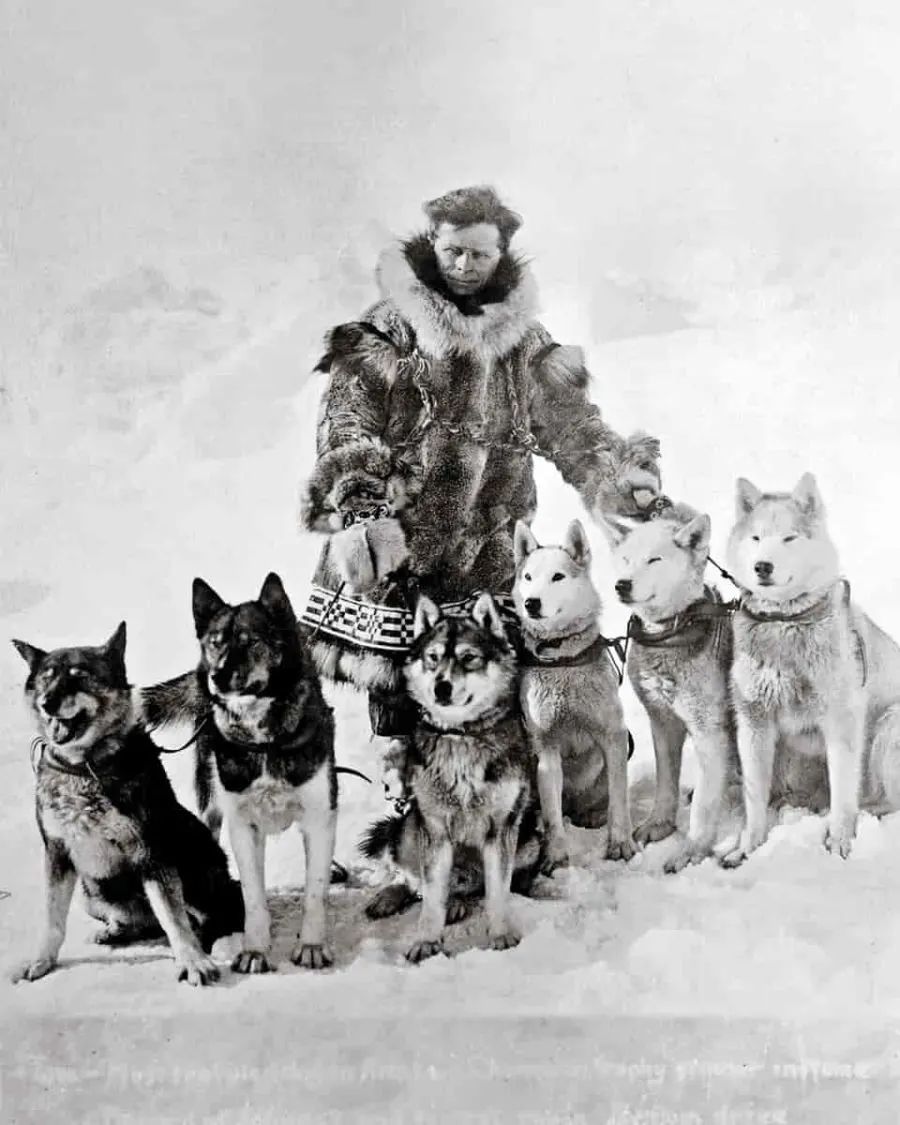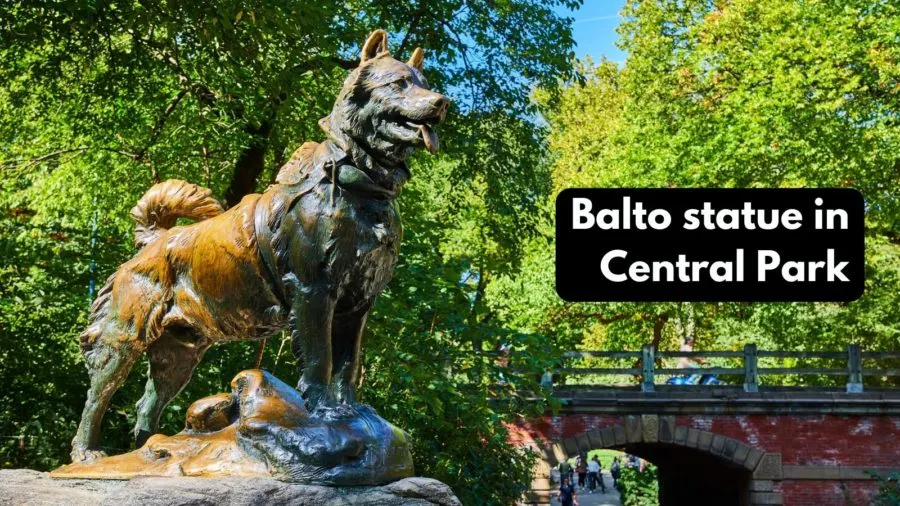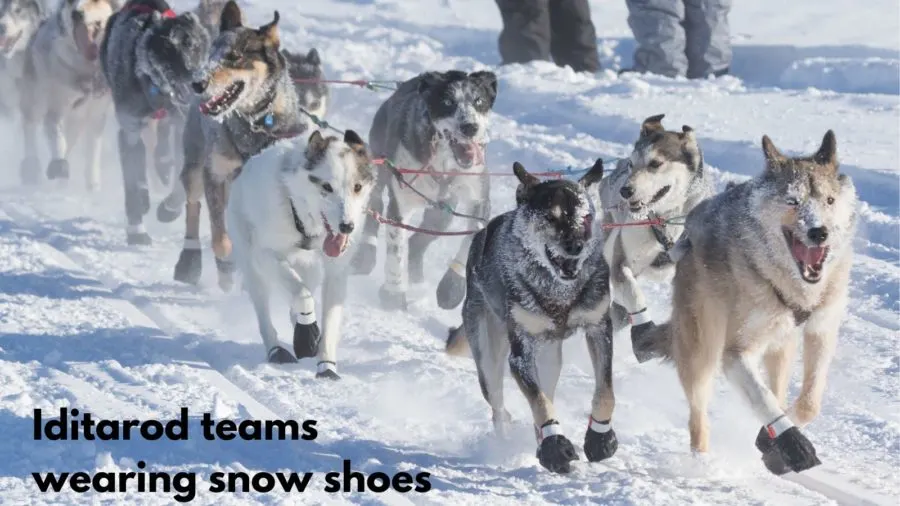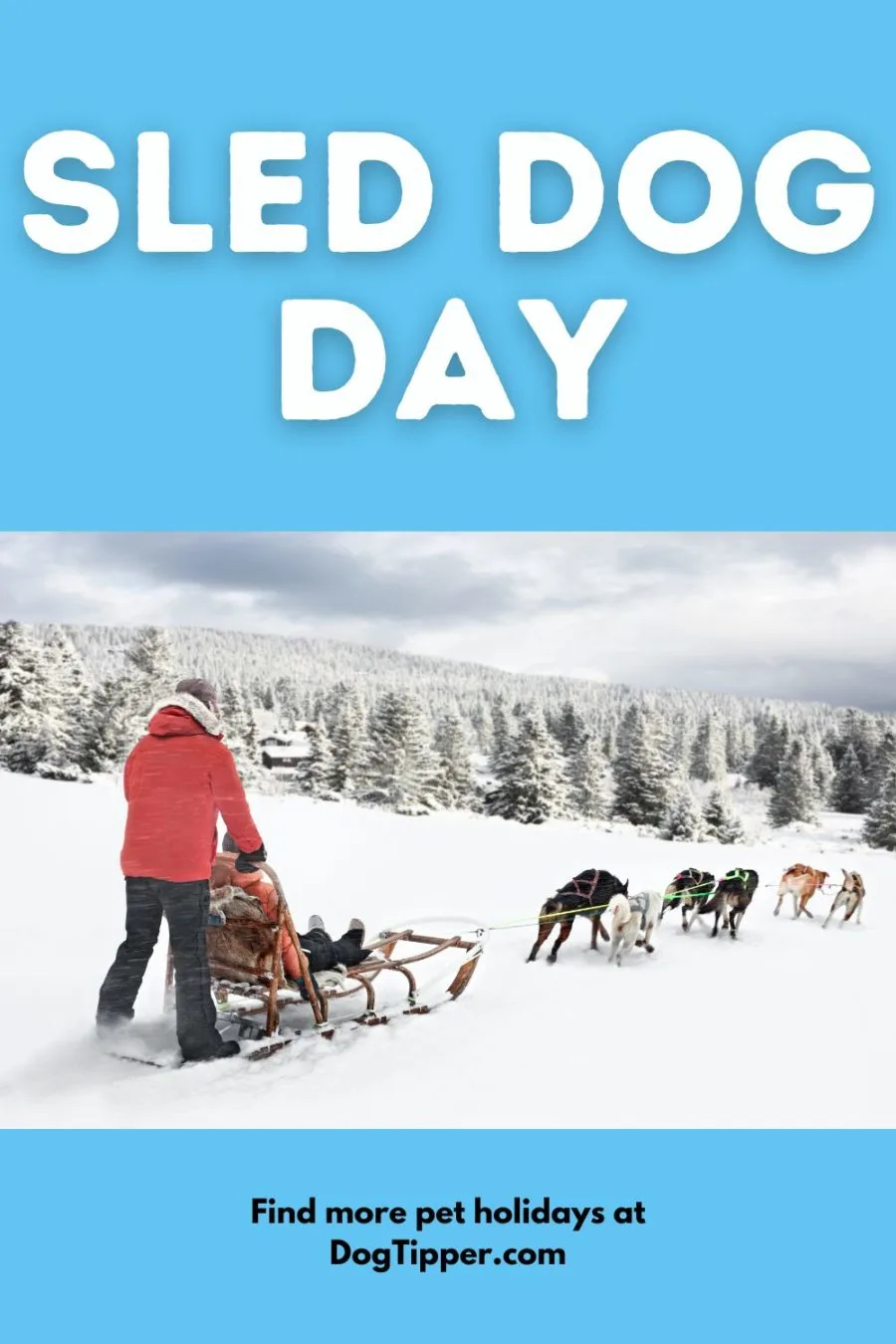Sled dogs have been utilized for hundreds of years to assist with transportation and labor, working in cold, harsh climates ranging from the icy tundra of Alaska to the snowy terrain of Canada. These animals are highly valued for their strength, endurance, and willingness to work hard in cold weather conditions–and are honored every year on Sled Dog Day.

Sled dogs are specially bred for their particular traits: small feet for running on snow, dense fur coats to protect them against the cold temperatures, and a high level of intelligence that allows them to learn commands quickly. They also have an incredibly strong bond with their musher – they rely on each other and trust one another implicitly while working together as a team.
When is Sled Dog Day?
Sled Dog Day is celebrated every year on February 2.
Which Dog Breeds Are Used for Sledding?
Most of us think of wolf-like dogs pulling dog sleds. The most common breeds are Alaskan Malamutes and Siberian Huskies, but mixed breeds have been used, too. During the Yukon gold rush, mixed breeds were a common sight.
Today, purebred teams usually consist of these breeds:
- Samoyed
- Siberian Husky
- Alaskan Malamute
- Chinook
- Alaskan Husky
- Greenland Husky
- Various crossbreeds between Pointers, Shepherds, Huskies, and wolves
Sled Dog Trivia

The most famous use of sled dogs was the Nome Run of 1925 (also called the 1925 Serum Run). A team of brave mushers and their sled dogs set off on a harrowing 674-mile journey through the frozen tundra of Alaska to transport precious diphtheria antitoxin serum to the isolated city of Nome. For five days and five nights, teams battled extreme cold temperatures, snowstorms, and blizzards to make it from Nenana to Nome.
A sled dog can be expected to pull a sled anywhere from 5 to 75 miles in a day’s work.
Sled dogs average about 20mph when they are racing in good conditions; poor weather and trial conditions can reduce that speed to 7 to 10mph.
A good sled dog keeps proper tension on the tug line that pulls the sled.
Sled dog teams are made up of several sections, divided according to their jobs. The highly-valued lead dog sets the team’s pace, and often lives in the owner’s home as part of the household. Swing dogs come next. Their job is to help turn the sled in the proper direction and keep it from tipping or going off-course. Wheel dogs help pull the sled out of holes and ditches. The rest of the dogs are called simply “team dogs.”
Togo was the famous sled dog who ran over 261 miles (at the age of 12!) to bring antitoxin to Nome to stop the diphtheria epidemic. He ran the longest and most dangerous stretch of the relay.

Balto was the lead dog on the last stretch of the relay to bring antitoxin to stop the diphtheria epidemic in Nome and is immortalized in the Disney movie of the same name. A statue of Balto stands in New York City’s Central Park.
One of the most popular sled dogs–the Malamute-is honored every year on National Alaskan Malamute Day.

The Iditarod Trail Sled Dog Race, also known as the Last Great Race, is an annual event that takes place in Alaska each March. It’s a 1,000-mile race over rough and often dangerous terrain, with teams of mushers and their dog sleds racing across the state to reach Nome. Sadly numerous dog deaths have resulted from the grueling and controversial race.
Adopting a Sled Dog
Would you like to adopt a dog whose breed was historically used as a sled dog. You’ll find several rescues such as Texas Sled Dog Rescue that specialize in sled dog breeds or Good Times Adventures Sled Dog Adoption which adopts retired sled dogs.
You can also search for adoptable Alaskan Malamutes, Siberian Huskies and more sled dog breeds online at:
More Pet Holidays You Don’t Want to Miss
We have a complete list of dog holidays and awareness days throughout the year featuring pet holidays such as:
Pin it to remember

- 🎉 GIVEAWAY: Lord of the Pets Portrait of Your Dog! - November 26, 2024
- Review: Lord of the Pets Portraits - November 17, 2024
- Sighthound Day - September 27, 2024
